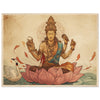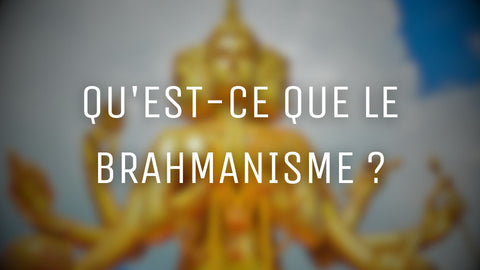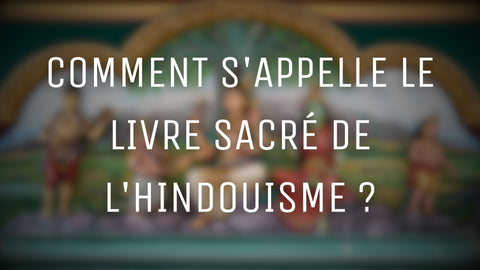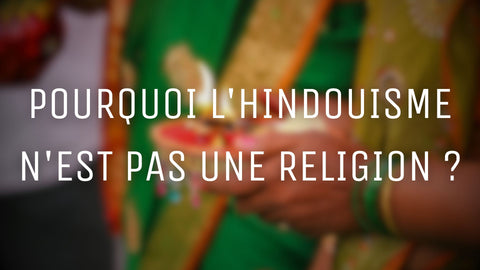
Why invoke Shiva?
of reading
Shiva is an Sanskrit name that means "the benefactor, the one who brings joy", and drifting a word meaning "the one who brings" or "the one who gives" this divinity of India is one of the best known , and there is a good reason for that. It represents both creation and destruction as the husband of Parvati and Ganesh.
Indra is the king of dance, which is why it appears in the form of Naṭarāja. In some representations, however, it appears with its Shakti (female pole), displaying masculine energy. This Hindu God is the source of many tales, including one concerning the origin of his snake around the neck.

Shiva, the Hindu god
The most venerated God of Hindu mythology, especially within the Shivaism sect (variant of Hinduism), is Shiva, also called Civa or Siva. However, at the time of old India and Vedic poems, his first name was Indra (king of the gods).
Shiva is the destructor in Hindu mythology. He is the god of creating a new world (symbol of life cycles) who lives on Mount Kailash in the heart of the Himalayas. It is also considered the king of dance and yoga, whose duty is to preserve the lands of Ganga's India, the goddess of Ganges (the best known river of India). Therefore, this divinity of Hinduism relaxes and soothes the energy of the river by letting it flow into its hair.
Shiva is also a member of the Trimurti, with Vishnu (preservation energy) and Brahma (creative energy).
He is Ganesh's father, a divinity that symbolizes wisdom and fortune. His wife is Parvati (which means "Mountain Woman"), who was the sister of Sati and Vishnu in previous lives. It is also known as Shakti, and it represents the fundamental feminine idea. Shiva represents masculine energy. Nandi, his faithful companion who looks like a bull, is also the subject of a legend.

What is the meaning of Shiva in Hinduism?
Shiva is symbolized by various figures: an ascetic, a beggar, a yogi, with Shakti (female power) forming a hermaphrodite creature (Ardhanari), and a lingam or a person meditation.
However, its most recognized form is Naṭarāja, the Lord of Cosmic Dance or Dancer, who paces the destruction and rebirth (reincarnation) of the world, a figure of eternity. This God of Hindu mythology usually has four arms and lies in a circle of fire in this scenario.

The incredible stories of Shiva, the Hindu god
Shiva is represented by a fantastic story. Sati, Daksha's daughter (Hindu deity of the sacrifice), wanted to marry Shiva. His father, however, refused his request although he was forced to do so.
Sati, on the other hand, did not invite the god of destruction to his yagna by deference for Vishnu. Sati then entered the fire of the sacrifice when she was injured by her father's taunts against her husband. Shiva wishing to take revenge, he went to the place of the ceremony and carried the body of his beloved on his shoulders while dancing death (Tandava).
In Hindu mythology, the Shiva God was furious with the deities, which led him to cut the head of Daksha and throw it into the fire. He threatened to destroy the world. Vishnu (the one who preserves the universe) then appeared to appease shiva, who had not found the head of Daksha. As a result, Sati's father recognized him a great Hindu divinity and became his servant. Finally, Shiva medita until Parvati bays like his wife.
According to another tale, Shiva and Vishnu went to a forest to fight heretics. Their opponents offered them a tiger, a snake and a dwarf as retaliation. The Hindu god of mythology killed the tiger. That's why it's represented sitting on cat's skin. Shiva tamed the snake and worn it around her neck.
Finally, he walks on the dwarf and begins a dance that shakes the earth. People then recognized Shiva as their divinity.

The influence of Shiva in yoga
Shiva is the god of yoga and, as such, it is often represented as a yogi with overall knowledge. Some claim that yoga seeks to carry out an integration between Shiva (consciousness) and Shakti (energy), which can be seen in its dance posture (Shivâsana or Shiva-Asana). In addition, 84,000 postures are attributed to its actions, including the position of the known dancer under the posture of Shiva (Shivâsana or Shiva-Asana).
The Hindu god of yoga is the source of all mantras. You can pray Shiva while sitting serenely on your yoga carpet or on a meditation cushion, thanks to a special mantra: OM Namah Shivaya, which means "venerate Shiva"



















